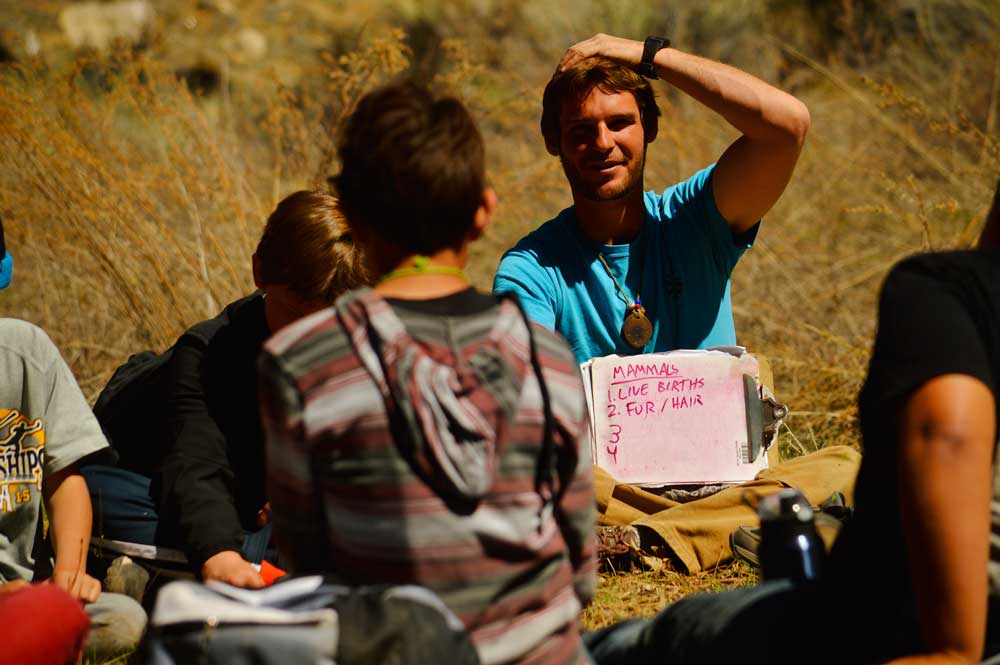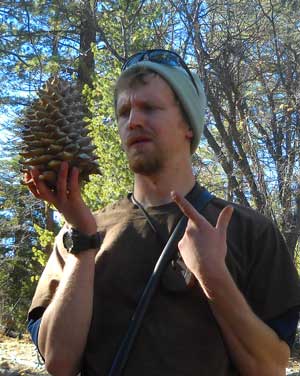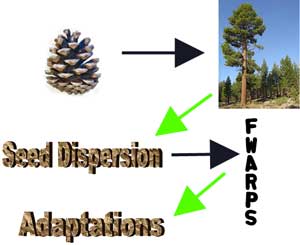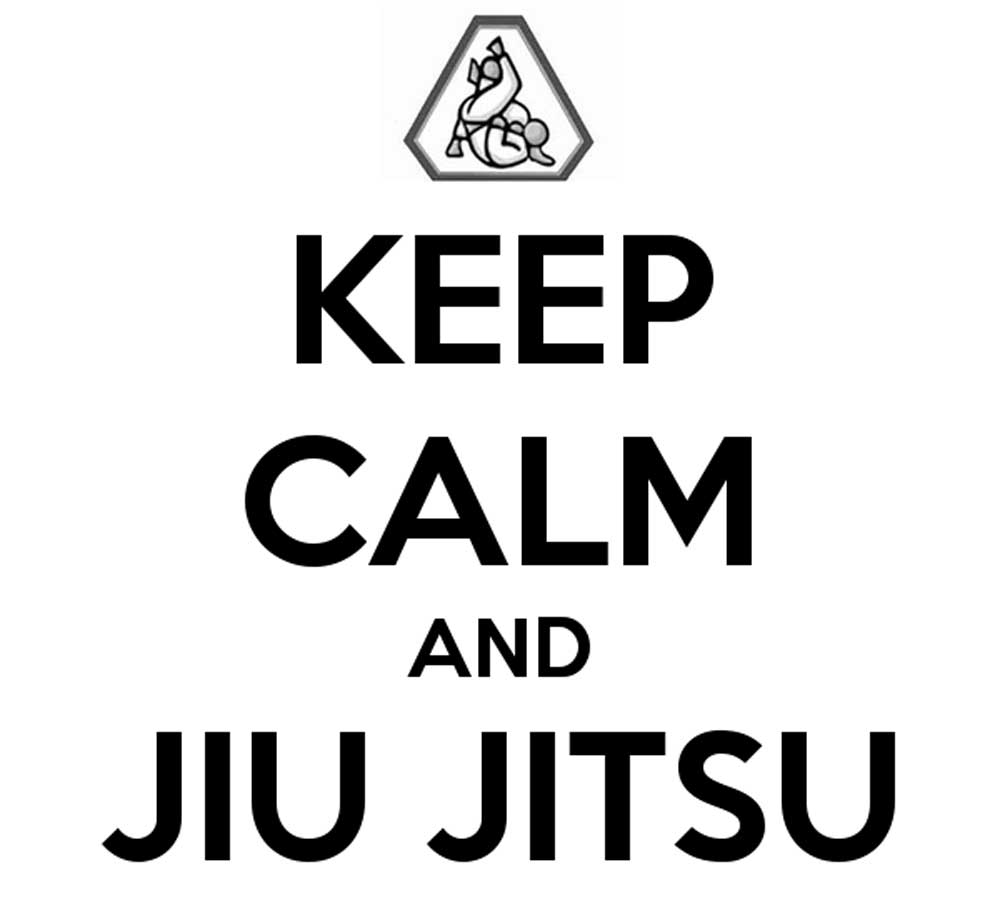You are a Teacher. So you probably know that Random Tangent Student.
The one that takes extra prompting to engage in class; the one that needs redirection to stay on task; the one who doesn’t volunteer answers or questions during discussion; the one that you often catch staring off into the woods and seemingly never paying attention. And the one that can derail your class pretty quickly with just one question.
Here they are now, raising their hand to contribute in my Furry Friends class (about mammals) and waiting patiently for me to call on them.
Student: “Why are there so many pine cones on the ground?”
My Thoughts: “Argh! This question is completely off topic. I need to keep the momentum of the class going. But if I squash this question, will I lose the student?”

Come on…I just want to stay on topic here!
Hit the Pause on Random Tangents
Let’s pause our simulation here and give your brain time to sort through the diversity of justified responses primed to leap from your semi-frustrated lips:
 “Is that question related to mammals?” or “We aren’t talking about that right now.” What about “Have you been paying attention to the class discussion?” or maybe “We will talk about that later.” If Plant Detectives was taught earlier in the day I might want to say: “Were you paying attention earlier today?” Or dare it be even said: “I don’t know why there are so many pinecones on the ground.”
“Is that question related to mammals?” or “We aren’t talking about that right now.” What about “Have you been paying attention to the class discussion?” or maybe “We will talk about that later.” If Plant Detectives was taught earlier in the day I might want to say: “Were you paying attention earlier today?” Or dare it be even said: “I don’t know why there are so many pinecones on the ground.”
The list can go on; there are so many ways to respond to a seemingly non-sequitur and debatably ignorant question. But what if this question represents something different than an unrelated tangent that will distract your class? What if all it takes is a little bit of verbal jiu-jitsu?
It is time for a demonstration, grasshopper:
 Student: “Why are there so many pine cones on the ground?”
Student: “Why are there so many pine cones on the ground?”
Me The Teacher: “Let’s look around real quick, where do those pine cones come from?”
Student: “The trees?”
Me The Teacher: “That’s right. Now, someone tell me: why do trees have pine cones?”
Student: “They drop seeds.”
Me The Teacher: “So the trees drop seeds that will hopefully grow into new trees. Can someone tell me which part of FWARPS 1 that represents?”
Student: “Reproduction!”
Me The Teacher: “Excellent! Those pine cones we see all over the ground are how trees reproduce and continue to survive. In fact, we can call those pinecones an adaptation, a trait that is helping the trees survive. Now speaking of adaptations…”
BAM! Your opponent, Mr. Random Tangent, has been dropped effortlessly to the mat.

Darn those pine cones. But you can use them to your advantage…
The discussion is primed and ready to return to Furry Friends with several options of where to take the discussion: seeds and reproduction in plants could be contrasted with live birth in mammals; the description of adaptations could be continued and applied to mammals with relevant examples; or even just using that moment to review FWARPS one more time and continue from there.
The true beauty is that this moment of redirection was achieved without ignoring or shutting down a student’s question.
Student interest was acknowledged, answered, and used as a teachable moment for everyone in the class to continue the momentum of the conversation in the original direction of intent. That is verbal jiu-jitsu at work in the outdoor classroom.
Verbal Jiu-Jitsu
Jiu-jitsu is a martial art that operates under a simple premise: use the least amount of effort to manipulate your opponent’s own force against them, the word jiu-jitsu itself meaning “the way of yielding”. 2
Verbal jiu-jitsu is simply taking that same premise and applying it to verbal exchanges. It is a concept commonly applied to management techniques, diffusing conflict, political debates, responding to confrontations or harassment from individuals, and the whole gambit of scenarios in which well timed and worded responses can influence a situation in a more favorable direction. 3
 While a discussion with some 5th or 6th graders about biology and environmental science may not seem to fit in with all these scenarios of verbal jiu-jitsu, the concept still applies. Students come to High Trails full of random questions and tangents that regularly just don’t fit into the flow of conversation and content their teachers have planned.
While a discussion with some 5th or 6th graders about biology and environmental science may not seem to fit in with all these scenarios of verbal jiu-jitsu, the concept still applies. Students come to High Trails full of random questions and tangents that regularly just don’t fit into the flow of conversation and content their teachers have planned.
It may take several steps to bring the conversation full circle and it may require an open mind to see the abstract connections, but the effort is worth its weight in teaching gold.
Verbal Jiu-Jitsu requires finding that kernel of relevance hiding beneath those curveball questions and comments that seem to be nothing but distractions.
 At High Trails Outdoor Science School, we literally force our instructors to write about elementary outdoor education, teaching outside, learning outside, our dirty classroom (the forest…gosh), environmental science, outdoor science, and all other tree hugging student and kid loving things that keep us engaged, passionate, driven, loving our job, digging our life, and spreading the word to anyone whose attention we can hold for long enough to actually make it through reading this entire sentence. Whew…. www.dirtyclassroom.com
At High Trails Outdoor Science School, we literally force our instructors to write about elementary outdoor education, teaching outside, learning outside, our dirty classroom (the forest…gosh), environmental science, outdoor science, and all other tree hugging student and kid loving things that keep us engaged, passionate, driven, loving our job, digging our life, and spreading the word to anyone whose attention we can hold for long enough to actually make it through reading this entire sentence. Whew…. www.dirtyclassroom.com


Comments are closed.